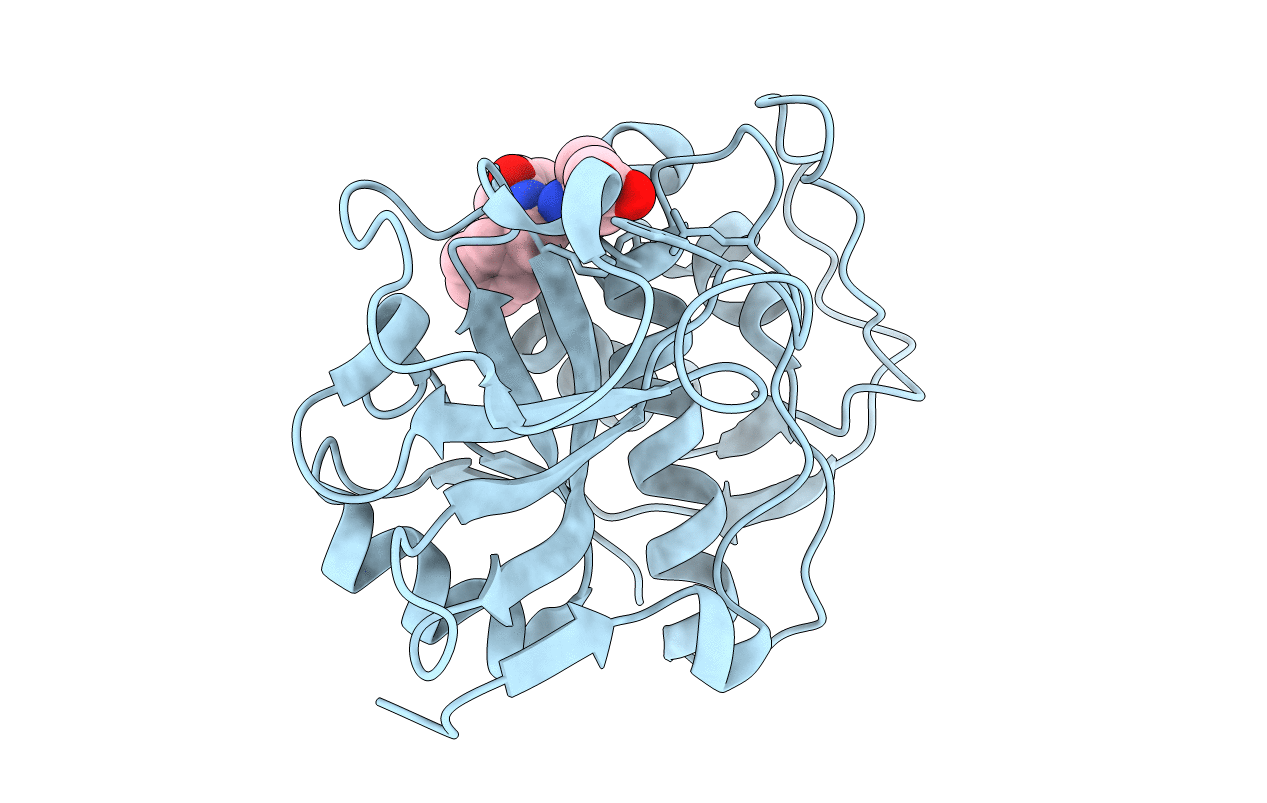
Deposition Date
2004-08-10
Release Date
2005-03-29
Last Version Date
2024-10-30
Method Details:
Experimental Method:
Resolution:
2.30 Å
R-Value Free:
0.21
R-Value Work:
0.13
R-Value Observed:
0.13
Space Group:
P 1 21 1


